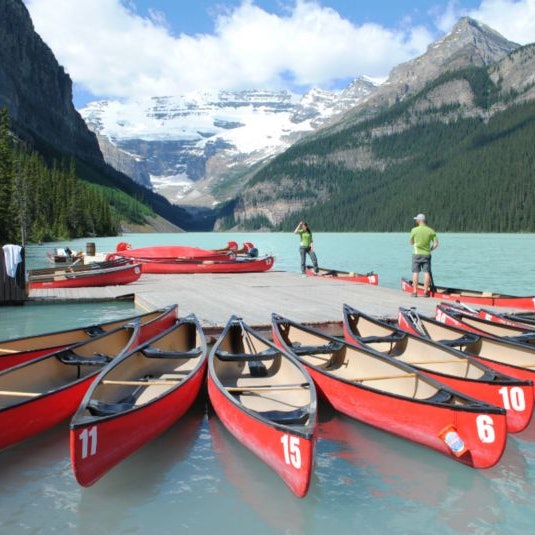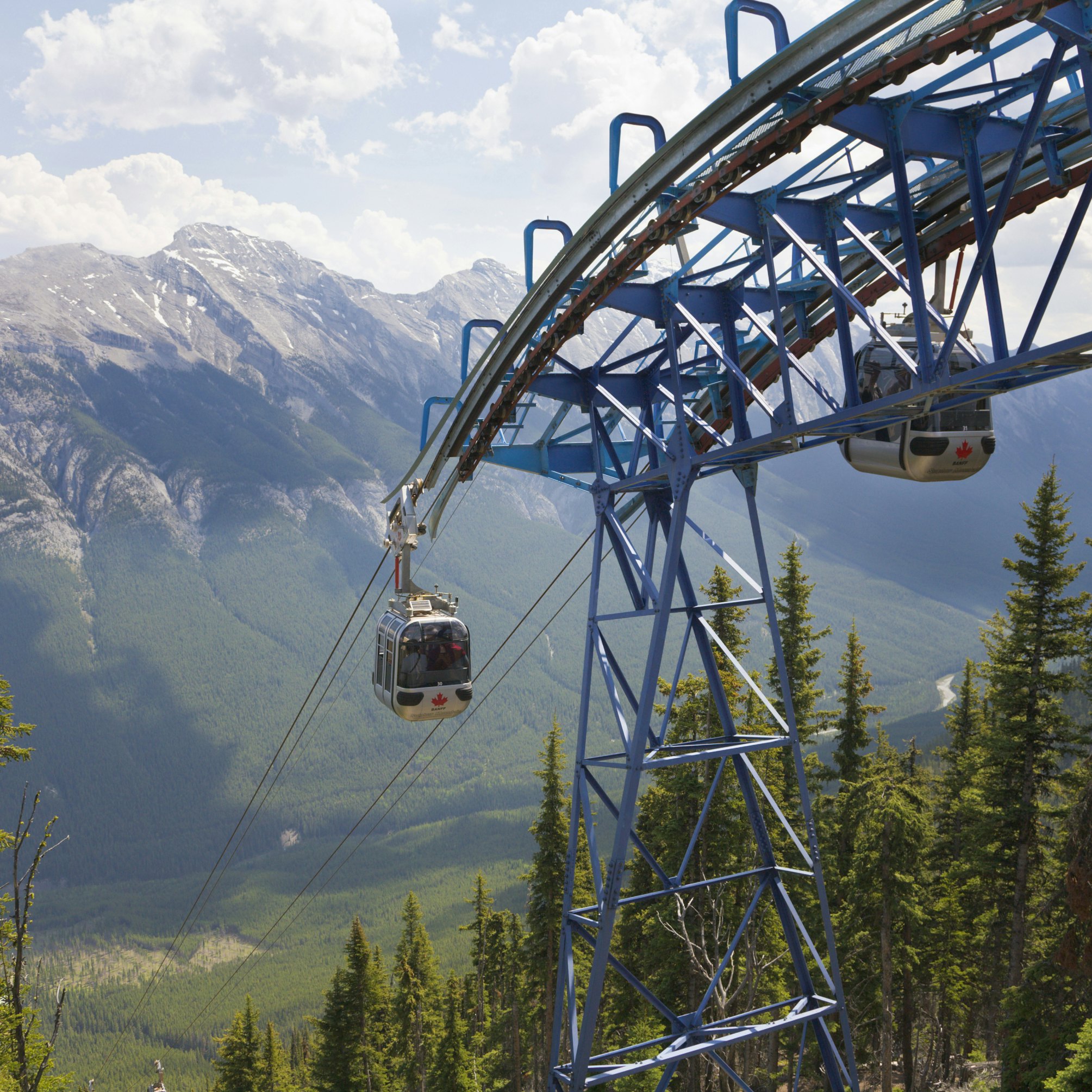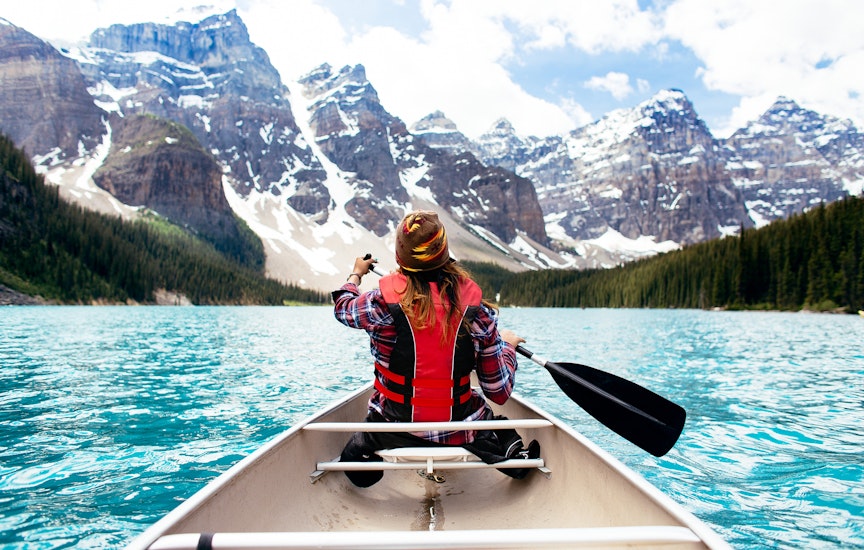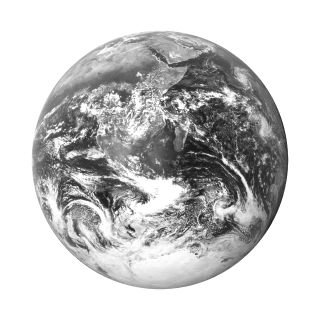

David Noton
Overview
Sit atop a mountain, hike through the forest, feel the spray of a waterfall: Banff and Jasper offer outdoor experiences at their simplest and best.
Leave the planning to a local expert
Experience the real Banff & Jasper National Parks. Let a local expert handle the planning for you.
Must-see attractions
Get a book. Get inspired. Get exploring.
in partnership with getyourguide



















